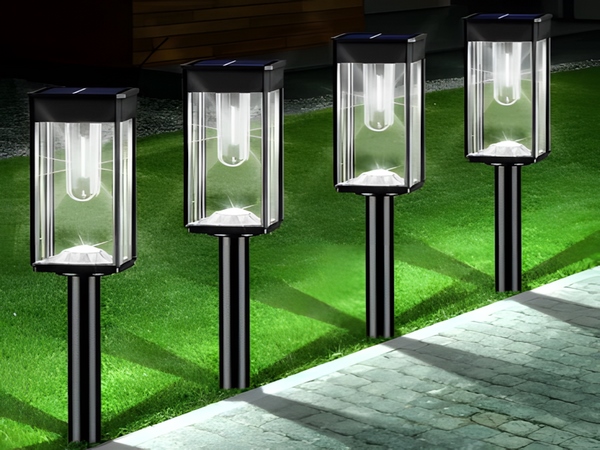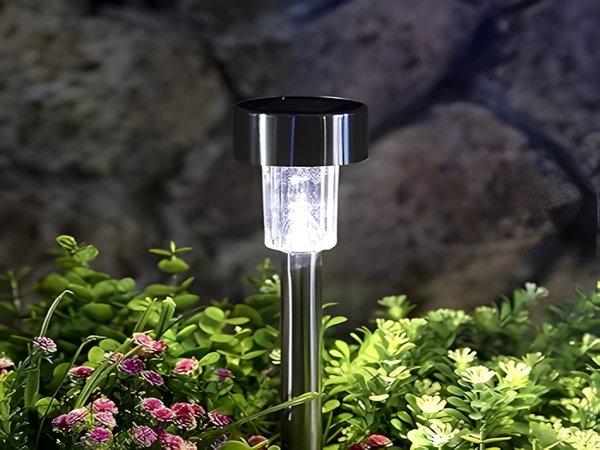

Currently, the living conditions in rural areas are improving, and the government is paying increasing attention to rural development. Many rural roads have been equipped with lighting facilities to ensure the safety of villagers traveling at night and to enrich the nightlife in these areas. Due to various restrictions on the installation of commercial streetlights in rural areas, solar streetlights have become quite popular because they do not require electrical connection and are easy to install and maintain.

However, while providing convenience, some issues have also emerged, especially regarding the choice of installation locations. Many people install solar streetlights under trees or shaded areas, which leads to the solar panels being obstructed and unable to absorb sufficient sunlight, reducing the photovoltaic conversion efficiency and affecting the normal nighttime illumination of the solar streetlights.
Therefore, when installing solar streetlights, it is crucial to pay attention to the installation spacing or the height of the light poles. In some rural areas, where roads may only be a few kilometers long, solar streetlights have been installed. However, the installation spacing is uneven, with some lights being too close together and others too far apart. Installing them too close can waste resources, while too large a spacing can create areas with insufficient lighting. Therefore, it is essential to scientifically and reasonably choose installation points when installing solar streetlights.
Under normal circumstances, the traffic volume on rural roads is not large, but it is necessary to ensure that large trucks can pass. Therefore, when installing, a pole height of 6 meters is generally sufficient, and it is more suitable to install solar streetlights at a distance of 20-30 meters apart. This arrangement can meet the road lighting needs while avoiding the waste of excessive resources.



